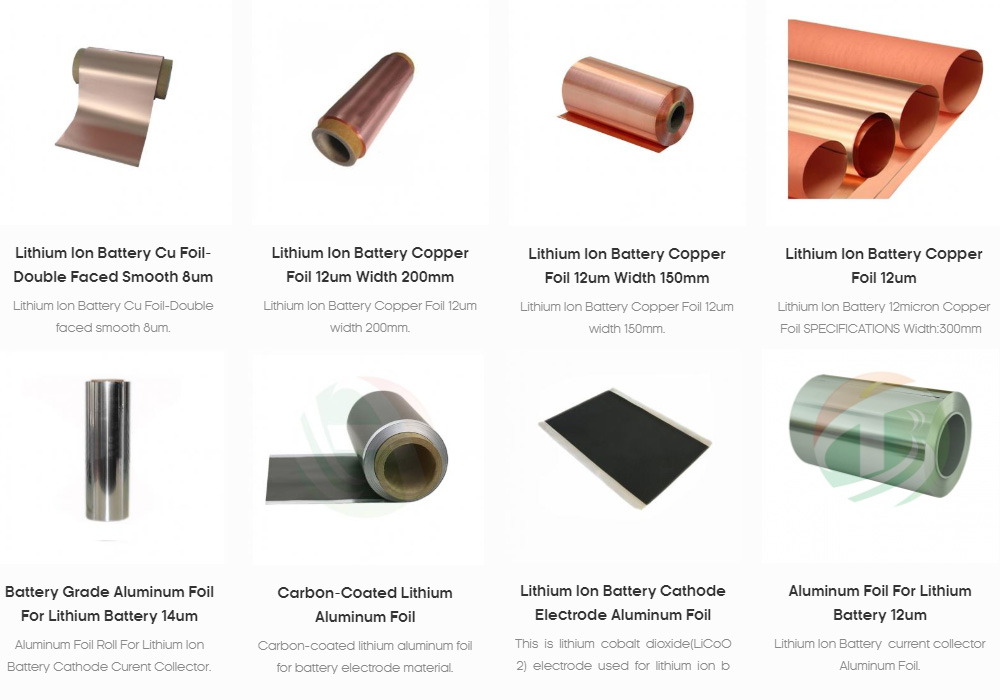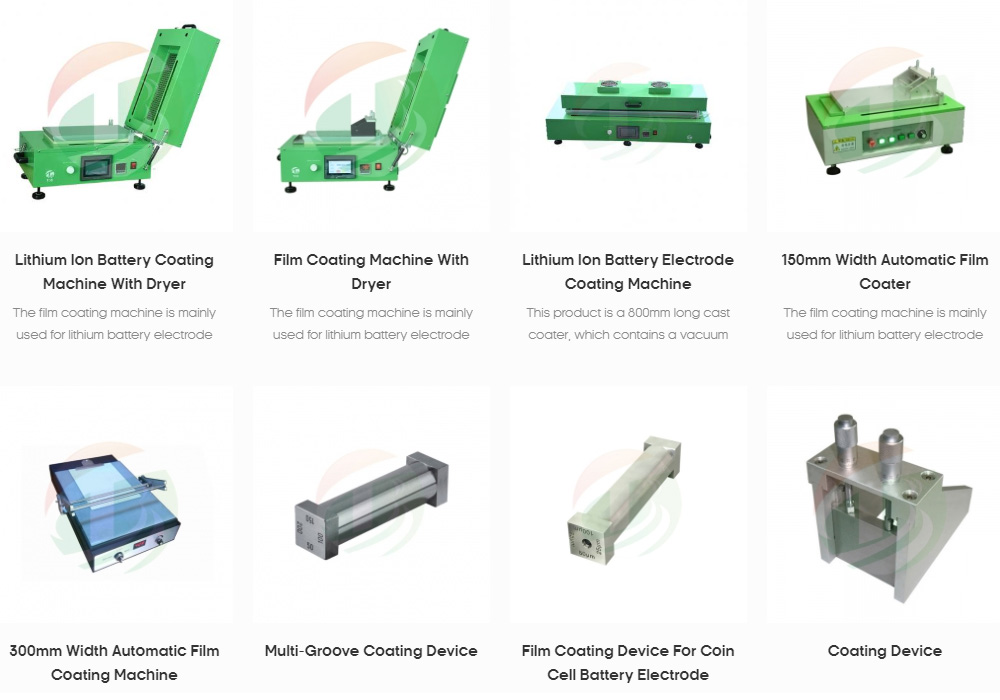When preparing the electrode of lithium ion
battery, aluminum foil is used as the cathode current collector foil, while copper foil is used as the anode current collector foil. If a single smooth
foil is used, it is recommended to apply the foil on the rough side to increase
the bonding force between the current collector foil and the materials. There
is no special requirement for the thickness of the foil, but there is a high
requirement for the surface density uniformity of the foil. If a silicon-based
anode material is used, carbon coated copper foil can be used to improve
adhesion, reduce contact resistance, increase the reproducibility of test
results, and improve cycling performance.

TOB New Energy can provide professional laboratory coater for lithium-ion battery laboratory research. The cathode material is coated on aluminum foil and the anode on copper foil. If you do not have a battery blade coating machine you can also use glass plate and scraper for coating. Before coating, carefully clean the foil and coater with alcohol and absorbent cotton, and the foils must be flat to minimize folding.

In addition, it is particularly important to note that the surface capacity of the general electrode is set to 2 ~ 4 mA·h/cm2, and the minimum is not recommended to be less than 1 mA·h/cm2. The loading capacity of such active material is closer to that of industrial application, which is convenient to accurately evaluate the multiplier and low temperature characteristics of the material. In some cases, this load can be exceeded, such as the study of thick electrodes, which I will not repeat here.
Tips
—Why the cathode is coated on aluminum foil and the anode is coated on copper foil?
The cathode potential and anode potential of lithium battery determines the cathode with aluminum foil, anode with copper foil.
(1) Aluminum itself is a relatively active metal, at low potential, aluminum will appear embedded lithium. To form lithium aluminum alloy. So aluminum foil is not suitable as a anode current collector. If aluminum foil is used as the anode current collector, aluminum and lithium will form an alloy, and then powder, seriously affecting the battery life and performance.
(2) Copper is easy to oxidize at high potential and should not be used as cathode current collector. The oxide layer on the surface of copper belongs to semiconductor, electron conduction, when the oxide layer is too thick, the impedance will increase. At the same time, lithium will not form lithium alloy with copper at low potential.
This is TOB New Energy, We are not only selling the equipment or materials, but provide you an integrated battery solution. You can email us at tob.amy@tobmachine.com to discuss the details.

TOB New Energy can provide professional laboratory coater for lithium-ion battery laboratory research. The cathode material is coated on aluminum foil and the anode on copper foil. If you do not have a battery blade coating machine you can also use glass plate and scraper for coating. Before coating, carefully clean the foil and coater with alcohol and absorbent cotton, and the foils must be flat to minimize folding.

In addition, it is particularly important to note that the surface capacity of the general electrode is set to 2 ~ 4 mA·h/cm2, and the minimum is not recommended to be less than 1 mA·h/cm2. The loading capacity of such active material is closer to that of industrial application, which is convenient to accurately evaluate the multiplier and low temperature characteristics of the material. In some cases, this load can be exceeded, such as the study of thick electrodes, which I will not repeat here.
Tips
—Why the cathode is coated on aluminum foil and the anode is coated on copper foil?
The cathode potential and anode potential of lithium battery determines the cathode with aluminum foil, anode with copper foil.
(1) Aluminum itself is a relatively active metal, at low potential, aluminum will appear embedded lithium. To form lithium aluminum alloy. So aluminum foil is not suitable as a anode current collector. If aluminum foil is used as the anode current collector, aluminum and lithium will form an alloy, and then powder, seriously affecting the battery life and performance.
(2) Copper is easy to oxidize at high potential and should not be used as cathode current collector. The oxide layer on the surface of copper belongs to semiconductor, electron conduction, when the oxide layer is too thick, the impedance will increase. At the same time, lithium will not form lithium alloy with copper at low potential.
This is TOB New Energy, We are not only selling the equipment or materials, but provide you an integrated battery solution. You can email us at tob.amy@tobmachine.com to discuss the details.
评论
发表评论